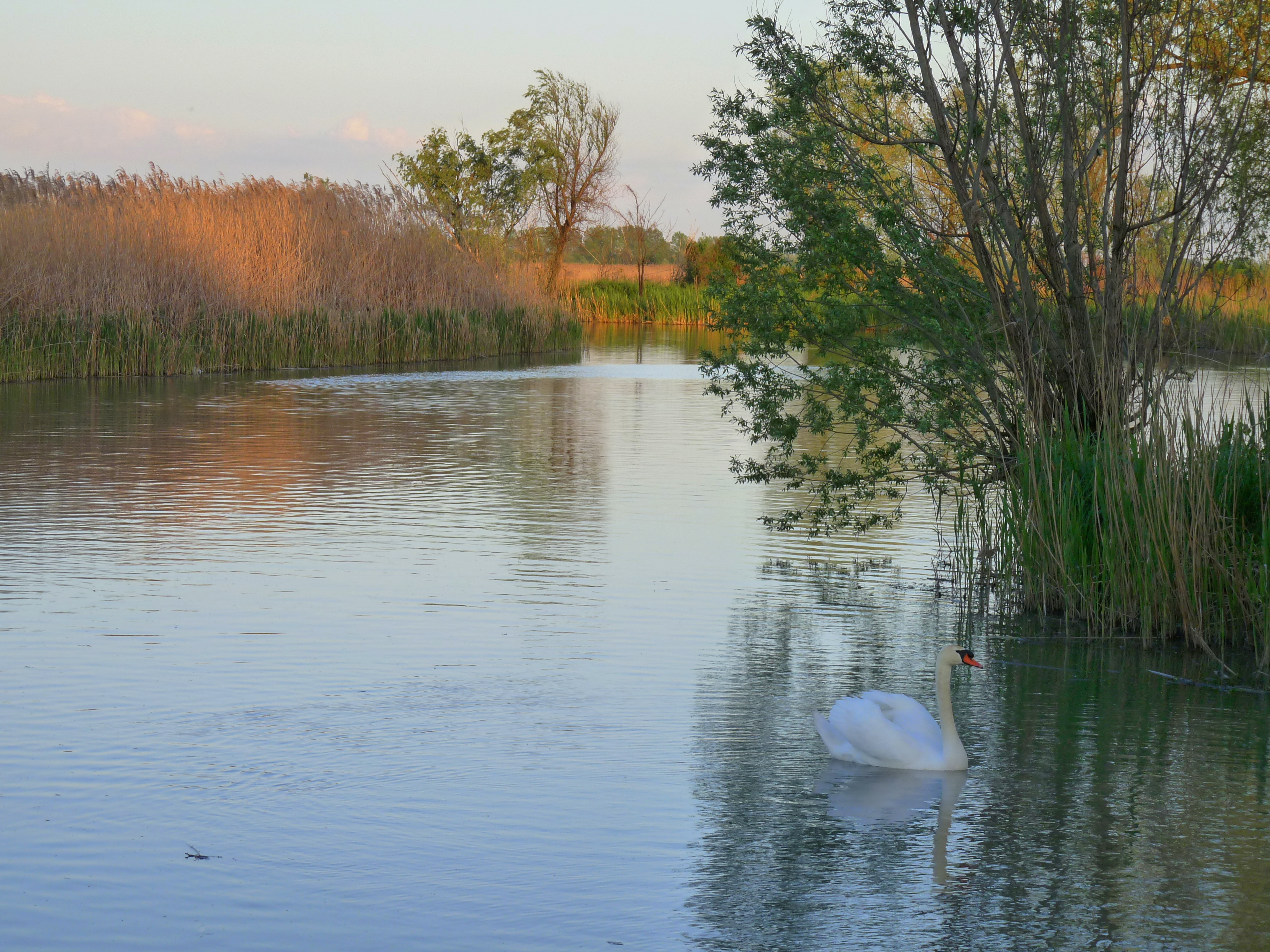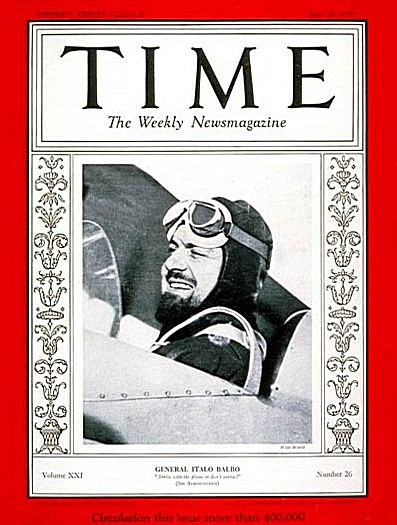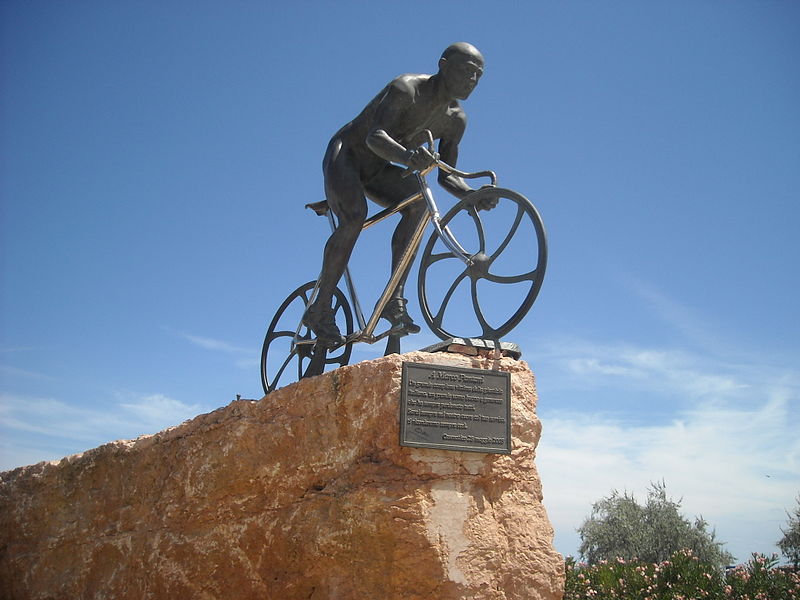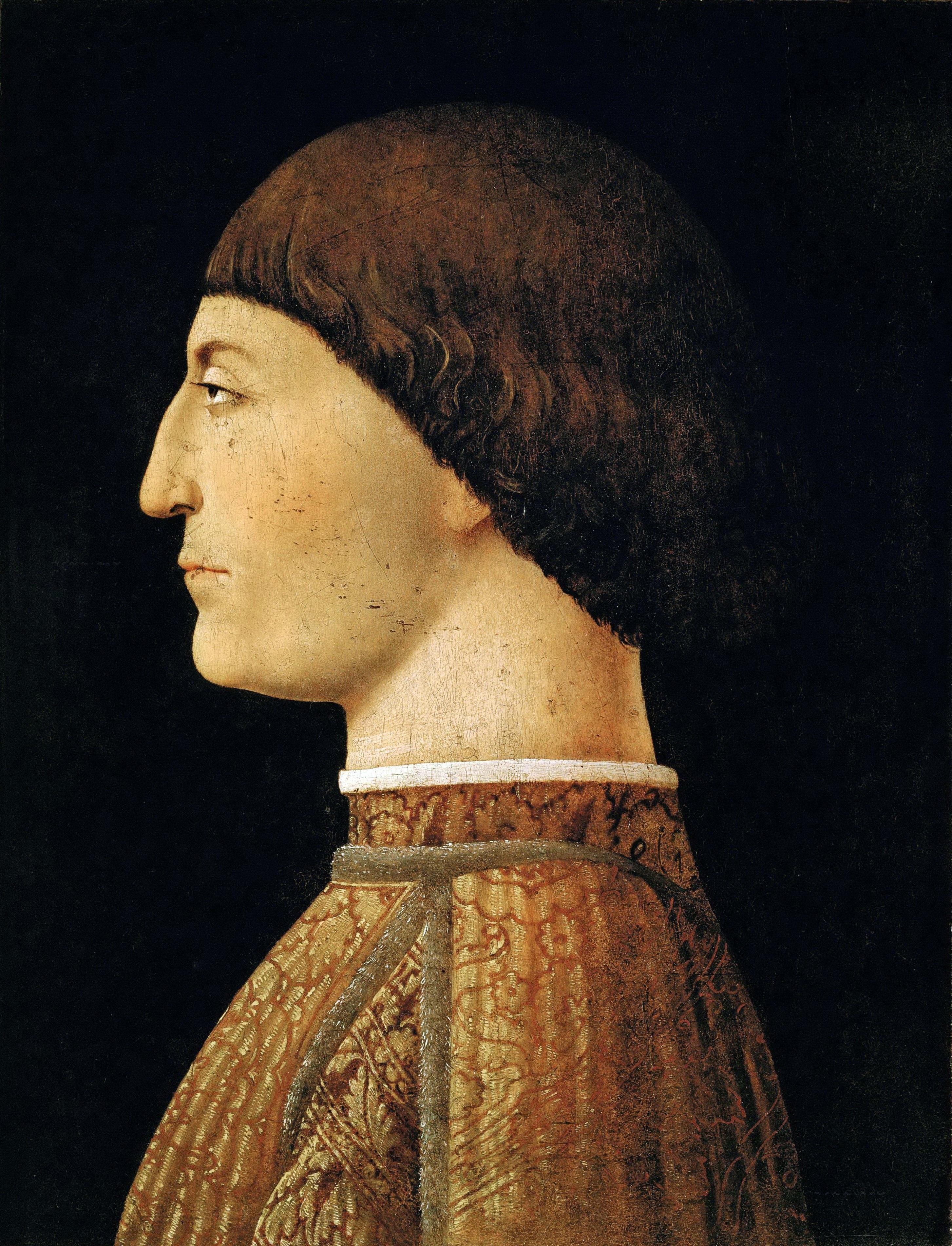|
Province Of Forlì-Cesena
The province of Forlì-Cesena ( it, provincia di Forlì-Cesena) is a Provinces of Italy, province in the Emilia–Romagna region of Italy. Its capital is the city of Forlì. The province has a population of 394,273 as of 2016 over an area of . It contains 30 ''comuni'' and the provincial president is Davide Drei. Although located close to the independent Republic of San Marino, Forlì-Cesena does not share a land border with the sovereign state. History Forlì was founded by the Roman consul Marcus Livius Salinator, and it was connected to the Via Aemilia in 188 BCE. By the 12th century CE, it had become a Guelphs and Ghibellines, Ghibelline commune and military garrison. The Holy See initiated a small attempt to rule Forlì in 1278, but the family of Ordelaffi led the city from 1315 until 1480. The city was later governed by Girolamo Riario and his wife, Caterina Sforza; during this period, the Holy See attempted to regain control but was unsuccessful. Spanish Pope Alexander VI ... [...More Info...] [...Related Items...] OR: [Wikipedia] [Google] [Baidu] |
Provinces Of Italy
The provinces of Italy ( it, province d'Italia) are the second-level administrative divisions of the Italy, Italian Republic, on an intermediate level between a municipality () and a regions of Italy, region (). Since 2015, provinces have been classified as "institutional bodies of second level". There are currently 107 institutional bodies of second level in Italy, including 80 ordinary provinces, 2 autonomous provinces, 4 regional decentralization entities, 6 free municipal consortia, and 14 Metropolitan cities of Italy, metropolitan cities, as well as the Aosta Valley region (which also exercises the powers of a province). Italian provinces (with the exception of the current Sardinian provinces) correspond to the NUTS statistical regions of Italy, NUTS 3 regions. Overview A province of the Italian Republic is composed of many municipalities (). Usually several provinces together form a region; the region of Aosta Valley is the sole exception—it is not subdivided into prov ... [...More Info...] [...Related Items...] OR: [Wikipedia] [Google] [Baidu] |
Caterina Sforza
Caterina Sforza (1463 – 28 May 1509) was an Italian noblewoman, the Countess of Forlì and Lady of Imola, firstly with her husband Girolamo Riario, and after his death as a regent of her son Ottaviano. Caterina was a noblewoman who lived a life maintaining her responsibilities with her family and power as a ruler in the courts. Her status and image was shaped by the masculine and feminine roles she took on throughout her lifetime as a ruler, wife, widow, and mother, in addition to the cultural activities she participated in during Renaissance Italy. The descendant of a dynasty of noted condottieri, from an early age, Caterina distinguished herself through her bold and impetuous actions taken to safeguard her possessions from possible usurpers and to defend her dominions from attack, when they were involved in political intrigues. In her private life, Caterina was devoted to various activities, including experiments in alchemy and a love of hunting, dancing, and horse riding. S ... [...More Info...] [...Related Items...] OR: [Wikipedia] [Google] [Baidu] |
Province Of Mantua
The Province of Mantua ( it, provincia di Mantova; Mantovano, Lower Mantovano: ; Upper Mantovano: ) is a province in the Lombardy region of Northern Italy. Its capital is the city of Mantua. It is bordered to the north-east by the Province of Verona, to the east by that of Rovigo, to the south by those of Ferrara, Modena, Reggio Emilia and Parma, to the west by the Province of Cremona and to the north-west by that of Brescia. History Founded in the tenth century BC on the plain formed by meanders of the River Mincio, Mantua became an Etruscan town and important trading post for pottery and agricultural products. Despite its defensible position, it was unable to withstand the Celtic invaders in the sixth and fifth centuries BC who overwhelmed it, and the whole area was later conquered by the Romans. By the fifth century AD, the Western Roman Empire was collapsing. Mantua was overrun by a series of invaders, including the Visigoths, Vandals, and Ostrogoths. After 568 the Lo ... [...More Info...] [...Related Items...] OR: [Wikipedia] [Google] [Baidu] |
Province Of Ravenna
The province of Ravenna ( it, provincia di Ravenna; ) is a province in the Emilia-Romagna region of Italy. Its capital is the city of Ravenna. As of 2015, it has a population of 391,997 inhabitants over an area of , giving it a population density of 210.81 inhabitants per square kilometre. Its provincial president is Claudio Casadio. History Ravenna was first inhabited by Italic tribes from northern regions, and was conquered in 191 BCE by the Roman Republic. A port was constructed near Classe, and the Adriatic fleet was based in Ravenna. In 402 CE, Ravenna became the capital of the Western Roman Empire, which endured until the collapse of the empire and the fall of Rome in 476. Following this, the Barbarian Kings Odoacer and then Theodoric controlled Ravenna until it was conquered by the Byzantine Empire in 540; the Byzantines announced it to be their Exarchate. It continued to be under Byzantine rule until it was invaded by the Lombards in 751, and it was then annexed by King o ... [...More Info...] [...Related Items...] OR: [Wikipedia] [Google] [Baidu] |
Adriatic Sea
The Adriatic Sea () is a body of water separating the Italian Peninsula from the Balkan Peninsula. The Adriatic is the northernmost arm of the Mediterranean Sea, extending from the Strait of Otranto (where it connects to the Ionian Sea) to the northwest and the Po Valley. The countries with coasts on the Adriatic are Albania, Bosnia and Herzegovina, Croatia, Italy, Montenegro, and Slovenia. The Adriatic contains more than 1,300 islands, mostly located along the Croatian part of its eastern coast. It is divided into three basins, the northern being the shallowest and the southern being the deepest, with a maximum depth of . The Otranto Sill, an underwater ridge, is located at the border between the Adriatic and Ionian Seas. The prevailing currents flow counterclockwise from the Strait of Otranto, along the eastern coast and back to the strait along the western (Italian) coast. Tidal movements in the Adriatic are slight, although larger amplitudes are known to occur occasi ... [...More Info...] [...Related Items...] OR: [Wikipedia] [Google] [Baidu] |
Emilia-Romagna
egl, Emigliàn (man) egl, Emiglièna (woman) rgn, Rumagnòl (man) rgn, Rumagnòla (woman) it, Emiliano (man) it, Emiliana (woman) or it, Romagnolo (man) it, Romagnola (woman) , population_note = , population_blank1_title = , population_blank1 = , demographics_type1 = , demographics1_footnotes = , demographics1_title1 = , demographics1_info1 = , demographics1_title2 = , demographics1_info2 = , demographics1_title3 = , demographics1_info3 = , timezone1 = CET , utc_offset1 = +1 , timezone1_DST = CEST , utc_offset1_DST = +2 , postal_code_type = , postal_code = , area_code_type = ISO 3166 code , area_code = IT-45 , blank_name_sec1 = GDP (nominal) , blank_info_se ... [...More Info...] [...Related Items...] OR: [Wikipedia] [Google] [Baidu] |
Italo Balbo
Italo Balbo (6 June 1896 – 28 June 1940) was an Italian fascist politician and Blackshirts' leader who served as Italy's Marshal of the Air Force, Governor-General of Libya and Commander-in-Chief of Italian North Africa. Due to his young age, he was sometimes seen as a possible successor of dictator Benito Mussolini. After serving in World War I, Balbo became the leading Fascist organizer in his home region of Ferrara. He was one of the four principal architects (''Quadrumviri del Fascismo'') of the March on Rome that brought Mussolini and the Fascists to power in 1922, along with Michele Bianchi, Emilio De Bono and Cesare Maria De Vecchi. In 1926, he began the task of building the Italian Royal Air Force and took a leading role in popularizing aviation in Italy, and promoting Italian aviation to the world. In 1933, perhaps to relieve tensions surrounding him in Italy, he was given the government of Italian Libya, where he resided for the remainder of his life. Balbo, ... [...More Info...] [...Related Items...] OR: [Wikipedia] [Google] [Baidu] |
Fascism
Fascism is a far-right, authoritarian, ultra-nationalist political ideology and movement,: "extreme militaristic nationalism, contempt for electoral democracy and political and cultural liberalism, a belief in natural social hierarchy and the rule of elites, and the desire to create a (German: “people’s community”), in which individual interests would be subordinated to the good of the nation" characterized by a dictatorial leader, centralized autocracy, militarism, forcible suppression of opposition, belief in a natural social hierarchy, subordination of individual interests for the perceived good of the nation and race, and strong regimentation of society and the economy. Fascism rose to prominence in early 20th-century Europe. The first fascist movements emerged in Italy during World War I, before spreading to other European countries, most notably Germany. Fascism also had adherents outside of Europe. Opposed to anarchism, democracy, pluralism, liberalism ... [...More Info...] [...Related Items...] OR: [Wikipedia] [Google] [Baidu] |
Cesenatico
Cesenatico ( rgn, Ziznàtic) is a port town with about 26,000 inhabitants on the Adriatic coast of Italy. It is located in the province of Forlì-Cesena in the region of Emilia-Romagna, about south of Ravenna. Cesenatico's port canal was surveyed and drawn by Leonardo da Vinci at the request of Cesare Borgia, as part of his plans to fortify the nearby town of Cesena. History Cesenatico was founded in 1302. It was considered part of the city of Cesena until it was incorporated at the beginning of the 18th century. Its port and canal were built in 1314, with the canal originally planned to reach Cesena, some inland. At the request of Cesare Borgia the canal was later surveyed by Leonardo da Vinci. It is often erroneously claimed that da Vinci designed the canal. In 1722 James Francis Edward Stuart (the 'Old Pretender' to the British throne) stayed in Cesenatico's Capuchin monastery. From 1860 to today The Republican vocation of Cesenatico is evident in the elections of the follo ... [...More Info...] [...Related Items...] OR: [Wikipedia] [Google] [Baidu] |
Leonardo Da Vinci
Leonardo di ser Piero da Vinci (15 April 14522 May 1519) was an Italian polymath of the High Renaissance who was active as a painter, Drawing, draughtsman, engineer, scientist, theorist, sculptor, and architect. While his fame initially rested on his achievements as a painter, he also became known for #Journals and notes, his notebooks, in which he made drawings and notes on a variety of subjects, including anatomy, astronomy, botany, cartography, painting, and paleontology. Leonardo is widely regarded to have been a genius who epitomized the Renaissance humanism, Renaissance humanist ideal, and his List of works by Leonardo da Vinci, collective works comprise a contribution to later generations of artists matched only by that of his younger contemporary, Michelangelo. Born Legitimacy (family law), out of wedlock to a successful Civil law notary, notary and a lower-class woman in, or near, Vinci, Tuscany, Vinci, he was educated in Florence by the Italian painter and sculptor ... [...More Info...] [...Related Items...] OR: [Wikipedia] [Google] [Baidu] |
House Of Malatesta
) , type= Noble house , country=ItalySan Marino, estates= Castel Sismondo (Rimini) Rocca Malatestiana (Cesena) , titles=, founded=, founder=Malatesta da Verucchio, final ruler=Pandolfo IV Malatesta, deposition=, dissolution= The House of Malatesta was an Italian family that ruled over Rimini from 1295 until 1500, as well as (in different periods) other lands and towns in Romagna and holding high positions in the government of cities in present day Tuscany, Lombardy and Marche. The dynasty is considered among the most important and influential of the Late Middle Ages. In the period of maximum influence, they extended their domains along the Marche coast, up to Ascoli Piceno, Senigallia, Sansepolcro and Citerna, and to the north, on the territories of Bergamo and Brescia. History The family's progenitor is said to be Rodolfo of Carpegna whose fighting spirit yielded him the sobriquet ''mala testa'' ("bad head"). From 1004 on he built a castle on the rock of Pennabilli. In th ... [...More Info...] [...Related Items...] OR: [Wikipedia] [Google] [Baidu] |
Antipope Clement VII
Robert of Geneva, (french: Robert de Genève; 1342 – 16 September 1394) elected to the papacy as Clement VII (french: Clément VII) by the cardinals who opposed Pope Urban VI, was the first antipope residing in Avignon, France. His election led to the Western Schism. The son of Amadeus III, Count of Geneva, Robert became Archbishop of Cambrai and was made a cardinal in 1371. As legate, during the War of the Eight Saints, he is said to have authorized the massacre of over 2,000 civilians at Cesena in 1377. He was elected pope the following year by the cardinals who opposed Urban VI and established himself at Avignon. Biography Robert was born in the Chateau d'Annecy in 1342, the son of Amadeus III, Count of Geneva, and Mahaut de Boulogne. Guy de Boulogne was his maternal uncle. Robert studied at La Sorbonne in Paris. In 1359, he was appointed prothonotary Apostolic, became Bishop of Thérouanne in 1361, Archbishop of Cambrai in 1368, and a cardinal on 30 May 1371. From 1373 ... [...More Info...] [...Related Items...] OR: [Wikipedia] [Google] [Baidu] |






.jpg)

.jpg)

